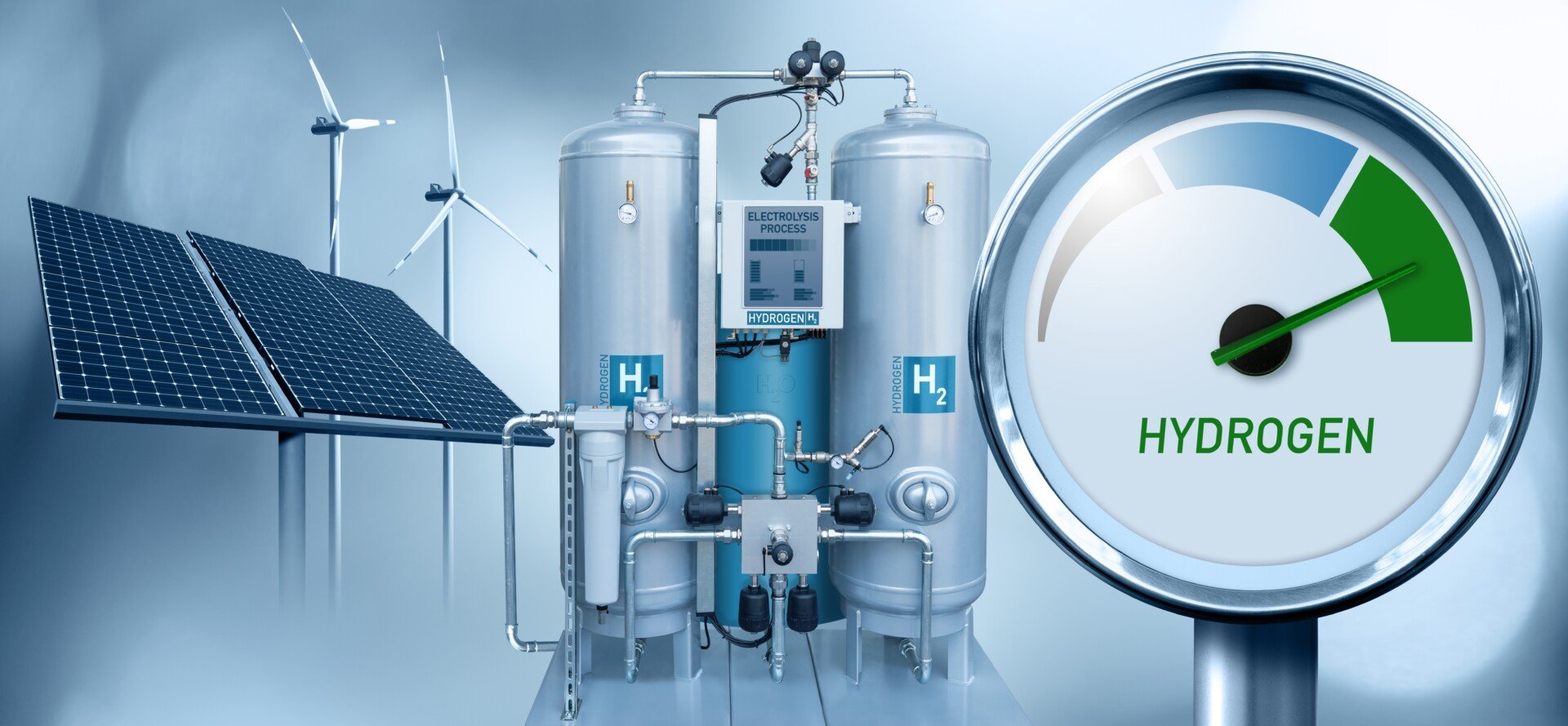
Initially, the excitement about the potential of hydrogen as a carbon-free fuel was enormous.
From the deserts of Australia and Namibia to the windswept passes of Patagonia, companies and governments around the world have planned to build nearly 1,600 factories to produce it.
However, the excitement collapsed when a problem was revealed: the vast majority of these projects did not “close a single customer.”
Even the few companies that have expressed interest have entered into vague, non-binding deals that could easily be undone if potential buyers back out. As a result, many of the projects now being enthusiastically promoted by countries vying to become the “Saudi Hydrogen Kingdom” may never be built.
Only 12% of units have customers.
According to BloombergNEF, only 12% of hydrogen stations have customers.
“No sane entrepreneur would start producing hydrogen without having a buyer.” Therefore, No sane banker would lend money. Martin Tingler, analyst at BNEF, says: “Martin Tingler, analyst at BNEF, says:
“It’s no different than any other energy exploitation. Natural gas pipelines weren’t built without customers,” says Laura Luce, CEO of Hy Stor Energy.
When is it “green”?
Hydrogen has so far been produced using fossil fuels, mainly natural gas. But when production is powered by renewable energy sources, the resulting hydrogen is green.
It’s easy to see why its proponents see opportunities for a “green” future.
Green hydrogen, when burned in a turbine or fed through a fuel cell, They produce energy without releasing greenhouse gases into the air.
Many analysts see no other way to phase out coal, shipping and other industries that can’t easily be powered by electricity.
BloombergNEF predicts that 390 million tons of hydrogen will need to be used annually globally in 2050 to eliminate carbon dioxide emissions. of the global economy, more than four times the amount used today.
High production costs, expensive infrastructure and equipment
But this is not a small change, and most companies that can run on hydrogen will need expensive new equipment to use it, a leap they do not want to make.
Hydrogen is produced using clean energy. It costs four times more than hydrogen produced from natural gas, according to BNEF.
Connectors? Not profitable
It is difficult to build the infrastructure to supply hydrogen not only to the production units but also to the pipelines to transport it.
Unlike natural gas or oil, there is no global system for transporting hydrogen yet. Hydrogen Transport It requires freezing, compressing, or transferring it to another, more usable form, such as ammonia.Which combines hydrogen and nitrogen.
Werner Bonikow, CEO of Thyssenkrupp Nucera AG, a manufacturer of hydrogen equipment, sees pipelines as a good option, but many potential hydrogen exporters will not be able to supply potential customers via pipelines. “If you have to cross the ocean, it’s harder,” he says.
Unit close to clean energy source and customers
The green hydrogen companies most likely to succeed are the ones that will succeed, says Ponikwar. They will be able to build a whole ecosystem.”Place the hydrogen unit close to a clean energy source, with a ready customer nearby.
His company, for example, supplies equipment. A hydrogen plant in northern Sweden, which in turn will power an iron and steel plant being developed by H2 Green Steel.
The region’s abundant hydroelectric power will also provide electricity to Mercedes-Benz Group AG. It has agreed to buy 50,000 metric tons of the plant’s steel annually. “For green steel, there is a market that is interested in buying and willing to pay a premium for it,” says Bonicoire.
Great plans
However, countries with abundant renewable energy potential, such as wind-powered Chile, solar-powered Australia and Egypt, have announced ambitious targets for export-oriented fuels. In China alone, more than 360 plants have been announced, according to BNEF.
The European Union has set a target of producing 10 million metric tons of carbon-free hydrogen by 2030, with a similar amount to import. In the United States, President Joe Biden has allocated $8 billion to create “hydrogen hubs,” clusters of companies that produce and use the fuel.
Navtemboriki.gr

“Avid problem solver. Extreme social media junkie. Beer buff. Coffee guru. Internet geek. Travel ninja.”





More Stories
“Recycling – Changing the water heater”: the possibility of paying the financing to the institution once or partially
Libya: US General Meets Haftar Amid Tensions Between Governments
New tax exemption package and incentives for business and corporate mergers..